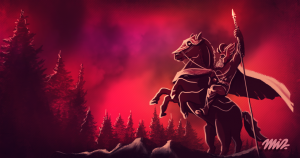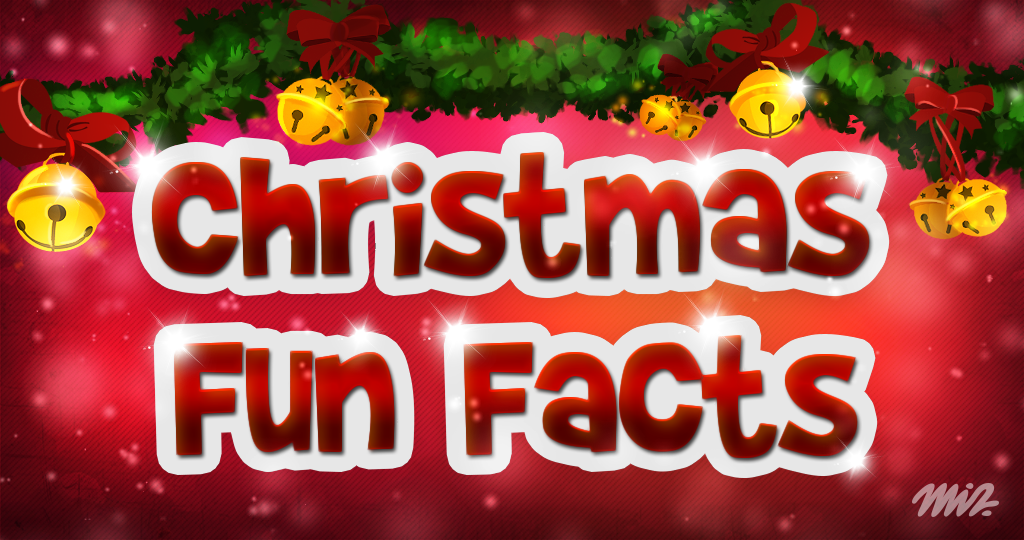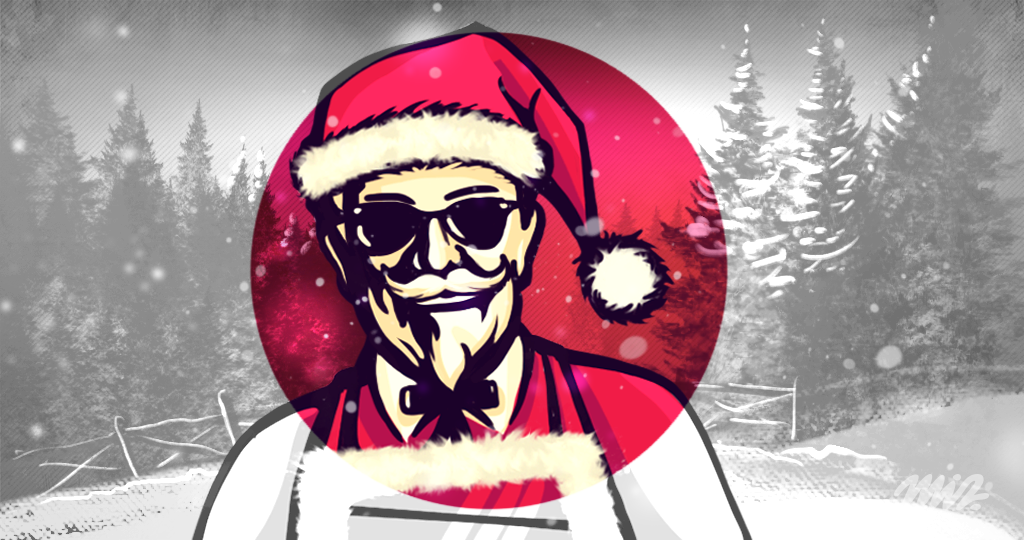Santa Claus around Europe
For many, Christmas is all about the presents and the one who brings them – Santa Claus. Everybody knows that the name of Santa Claus comes from Saint Nicholas, a Christian Saint. In some parts of Europe, like Poland, they still call the bringer of Christmas gifts by this “Christian name”. Germans call him “Christmas Man”, in Western Europe he is “Father Christmas”, in the Balkans “Christmas Grandfather”. Furthermore, in Central Europe his role is performed by Baby Jesus, in Greece by St Basil, while on Iceland it is a group of “Christmas lads”. However, other places in Europe have their own, pre-Christian, names for this beloved mythical figure. Most Slavs (including Russians) call him Grandfather Frost, in Northern Europe gnomes and goats often do what he does, and in Italy, La Befana, a woman flying on a broomstick, deals out the presents.

The pagan origins
Despite all these different traditions, the figure of Santa as a huge bearded old man who laughs loudly and drives a sleigh pulled by reindeer remains the most popular. Ethnographers say that this myth comes from the myth about Odin. He was an old, bearded, loud god of warriors and the Nordic and Germanic nations considered him the father of all gods. People believed that he rode an eight-legged horse, Sleipnir, during Midwinter, or Yule, when the mythical Wild Hunt took place. At that time, children would leave boots filled with straw, sugar, and carrots around the fireplace, for Sleipnir to eat. The god and his horse had to be welcomed with respect, and, instead of a thank you note, Odin would leave something nice in the boots for the children.
Find out more about Santa Claus here: Santa Claus and Physics
Google Play Store
iTunes Store
Facebook Fanpage
Hidden Objects Christmas Trees
Find the Difference Christmas
Hidden Objects Christmas
Hidden Objects Christmas Gifts





